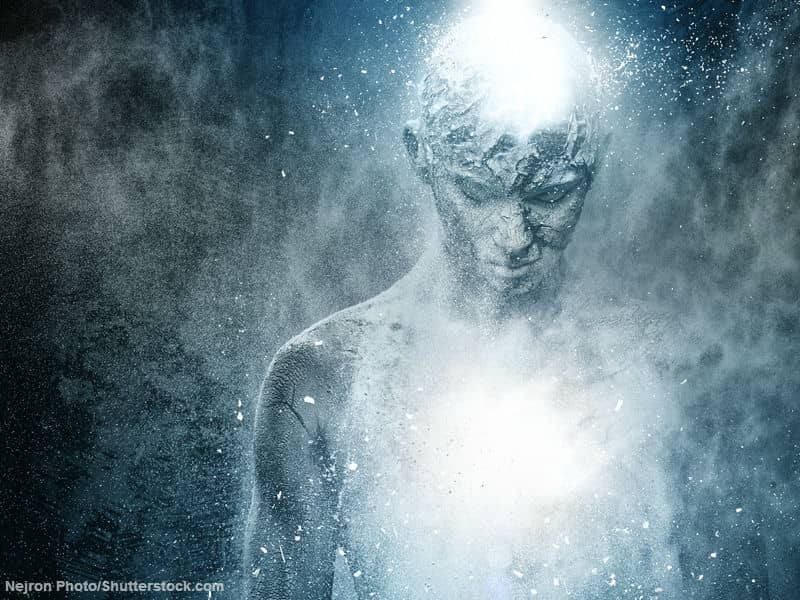What's really surprising about the series is not that the scholars are top-notch-one expects that from Oxford-but that they can actually write for the Gap generation. Sentences are short. The authors tell stories. They use the active voice. The books, which run about 150 pages apiece, are downright readable, with their texts enhanced by thought-provoking illustrations, photographs, and sidebars. The books reflect many of the changes that have swept American religion in the last three decades, transforming the way we study religion. Series editors Jon Butler and Harry Stout try valiantly to encompass America's increasing religious diversity, with volumes addressing immigration, Islam, Judaism, Native American religion, religions from India, and Eastern Orthodoxy.
The books focus, furthermore, on how religion has affected ordinary Americans, and vice versa. Nowhere is the attention to ordinary people more apparent than in Ann Braude's excellent "Women and American Religion." Braude's task may have been the most challenging of any in the series. How can one small book enfold more than three hundred years of women from all religious traditions? How can it avoid reductionist and essentialist statements about women's nature, when the only thing uniting the book's diverse female subjects is the fact that they're female? How would such a book even be organized?
Braude's last chapter focuses on the tumultuous changes that have affected American women since the 1960s. She looks at Protestant and Jewish battles over women's ordination, the rise of Goddess spirituality, the much-touted "Reimagining" conferences of the 1990s, and the countervailing antifeminism that has fueled the growth of conservative religious movements. Braude's book, like the others in the series, is a whirlwind greatest-hits tour. The "Religion in American Life" volumes are not intended to be comprehensive; they are well-designed samplers of the rich diversity of America's religious history and life. While they'll be marvelous resources for their intended audience, adult readers will also relish these informative, accessible guidebooks from some of America's most knowledgeable religious historians.

